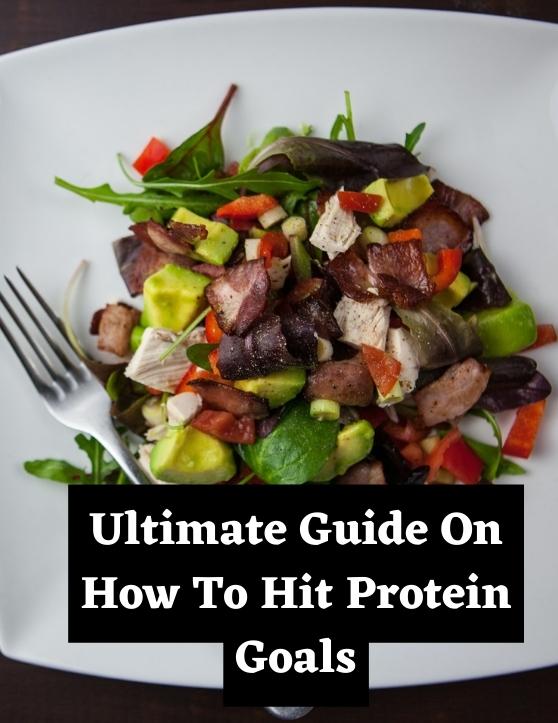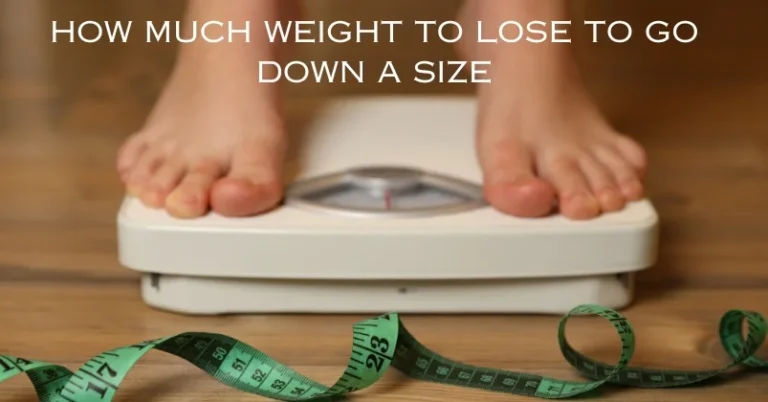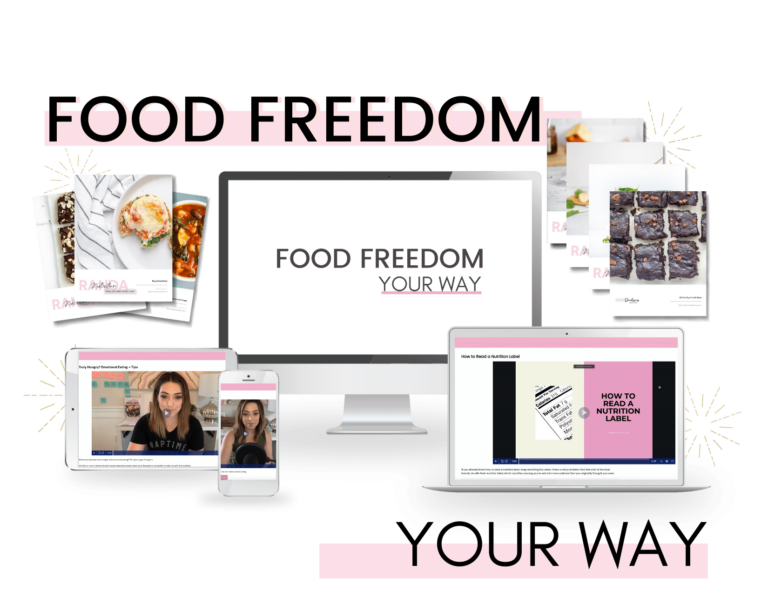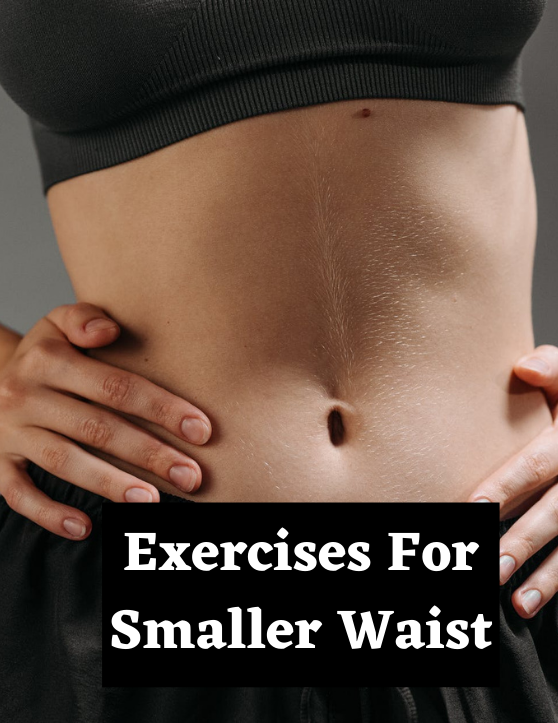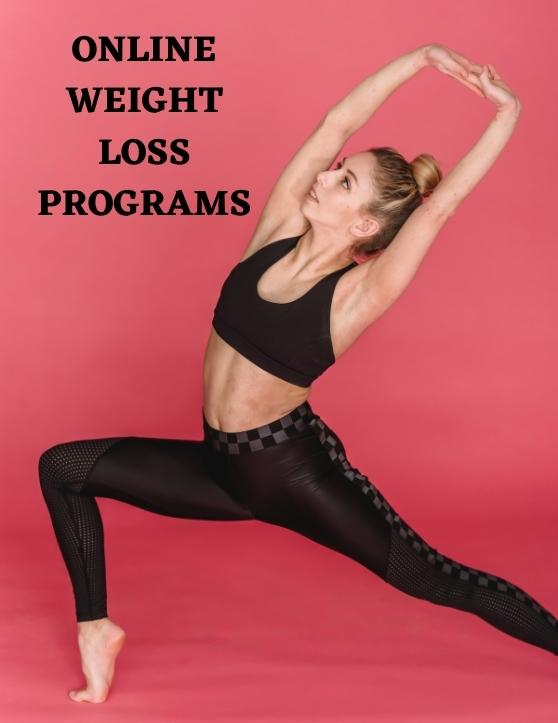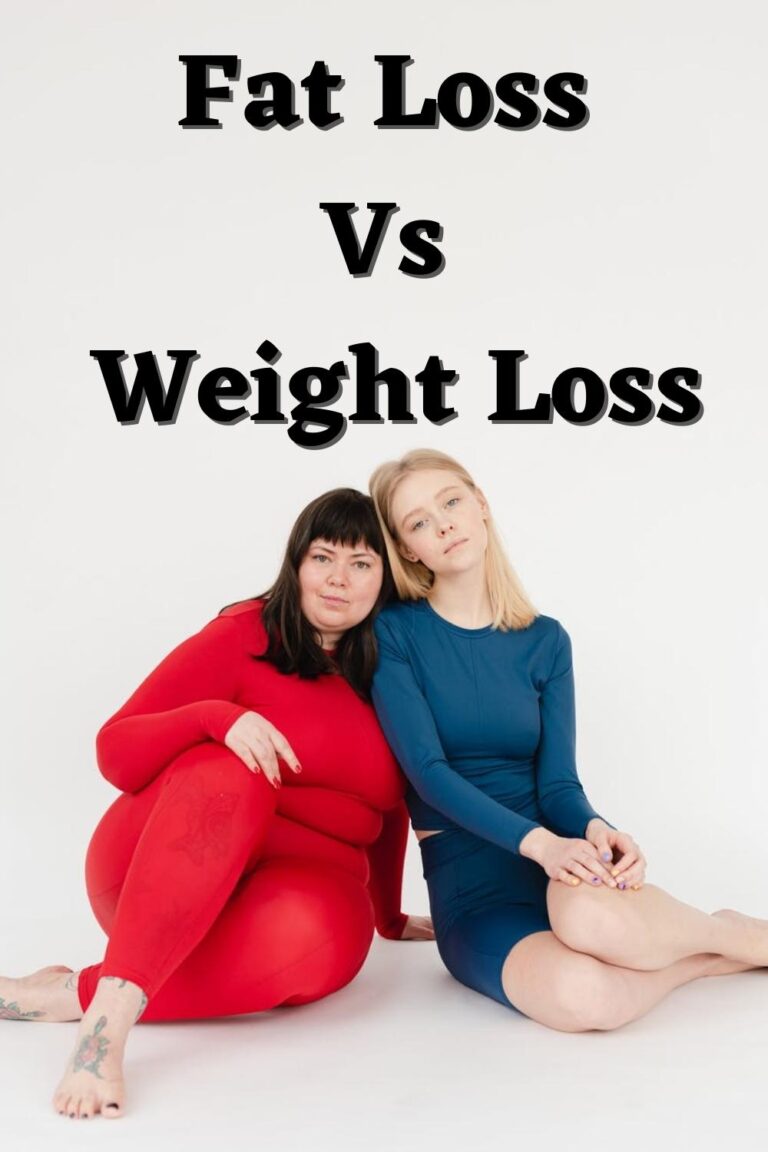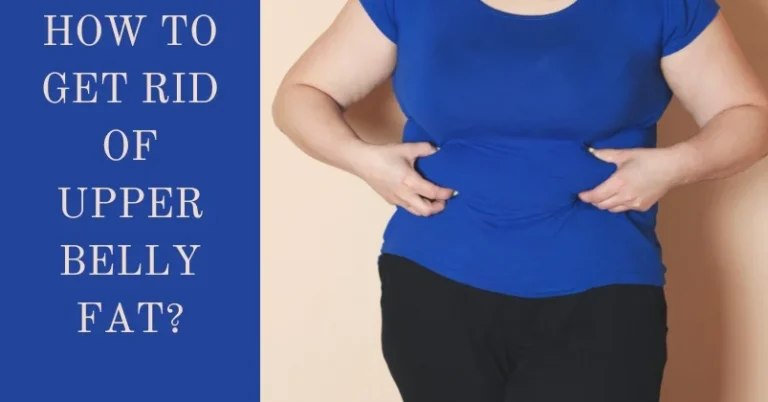Ultimate Guide on How To Hit Your Protein Goals
Protein is one of the primary macronutrients that are essential for your body. It is the building block of life. To maintain good health, every individual should take protein in their diet. You must be wondering about protein, its benefits in the human body, top protein sources, points to ponder while consuming protein, and how to hit the right protein through delicious recipes or snacks. As newcomers, people face challenges hitting the right amount of protein in their fitness journey. In this article, I am going to clear every doubt that you all have in your minds about protein. So, enjoy this informative piece of smiley points.
Why Is Protein Important?
Protein is one of the essential macronutrients required for the growth and nourishment of the body. It is formed by the combination of 20 different kinds of amino acids. These amino acids help our body produce important molecules like enzymes, hormones, antibodies, and neurotransmitters.
These molecules make our body active and fit to work well. We can pull protein from our structure tissues such as tendons, muscles, and organs, but our body will not receive enough protein in the long term. So, we need to consume adequate protein from food materials. By consuming varieties of protein, we can help our bodies grow and perform activities effectively. Protein not only helps to keep you full but also helps in rebuilding, repairing and renourishing, and putting on muscles in our body. Focusing on dietary protein improves your physique and keeps you mentally active.
Some common benefits of consuming protein are:
- It helps carry blood to all body parts, which results in proactiveness in physical and mental activities.
- Protein helps in the growth of the hair and nails.
- It plays a significant role in transferring messages to and from our brain via nerve cells of the body.
- It also helps in digestion and digestive functionality.
- Protein is a good source that helps you build your muscles.
- By building antibodies, protein acts as a protector of the body. It helps to defend our bodies against deadly viruses and bacteria.
- If your fitness goal is to lose weight, then protein can help you achieve the goal by making your tummy feel full and your body energetic.
- It also stops you from eating unhealthy and high-refined food by making you feel full and satiated.
- Protein increases glucagon, the hormone responsible for regulating body fat.
- It also helps the body break down the extra stored glycogen in the form of glucose so our body can use it.
- Protein mobilizes body fat, i.e., adipose tissue, into free fatty acids so that our body uses it up and makes us fat-free.
- Protein rebuilds muscle tissue so that the more muscle you have, the capacity to burn fats and calories will be more.
- It rebuilds muscle tissues and keeps our muscles, nerves, and immunity healthy and strong.
Protein is too important to ignore, so prioritize your protein and consume it according to your diet routine.
Top Protein Sources
Protein sources are categorized in two forms:
- Animal Protein Sources- This protein source contains important nutrients like vitamin B12 and heme iron. This protein source helps to lower the risk of heart disease and rate of cognitive decline. Animal protein sources increase muscle mass and decrease cholesterol levels in the body. Ensure you are not consuming ultra-processed animal products such as chicken nuggets or hot dogs because the content of unhealthy fats and sodium is high, which can affect your overall health. Try to choose those nutritious sources that are good for your mental and physical health. Some animal-based protein sources are beef- whole cuts and jerky, chicken, turkey wings, pork, Canadian bacon, poultry sticks, wild game meats, fish and seafood, egg and egg whites, etc.
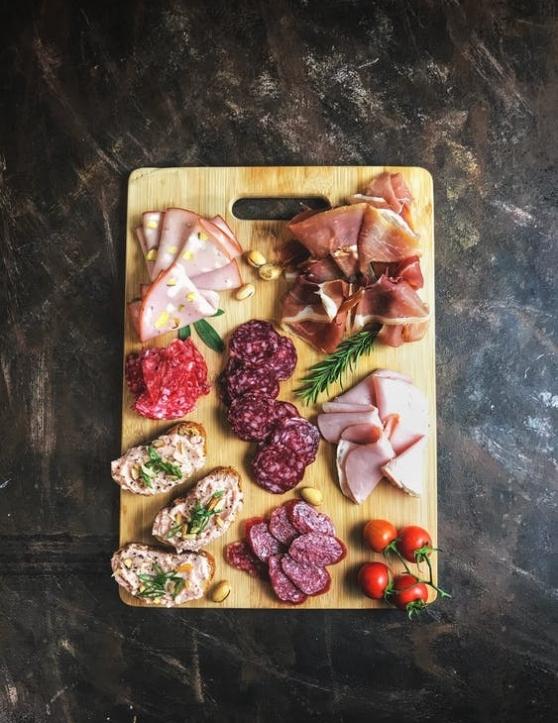
- Vegetarian Protein Sources- This protein source contains all the nine elements or the nine essential amino acids, complete proteins. Every plant-based protein source has a different proportion of protein facts; therefore, one needs to be very strict towards the diet to get proper protein. One can also add peanut butter to fulfill the leftover or missing protein. Some vegetarian protein sources are quinoa, buckwheat, spirulina, soybeans, nutritional yeast, Ezekiel bread, chia seeds, flax seeds, hemp seeds, beans, lentils, peas, rice, soy, nuts, pita bread, pasta salad, kidney beans, seed butter, millet, barley, couscous, oats, Kamuts, etc.
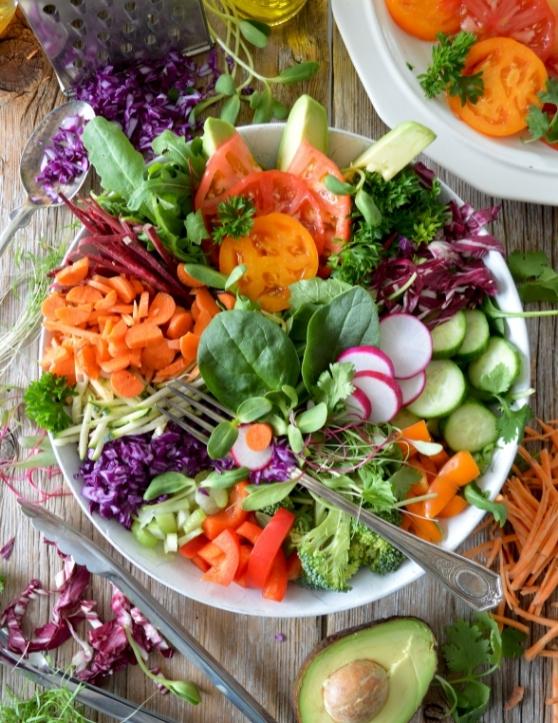
Different Ways To Fit Protein Macros Into Your Lifestyles
There are five different types of protein that you can intake daily.
- Pure Protein- This protein is the purest protein form one can consider in their diet. White fish, shellfish, and some game meats are pure protein sources. These proteins fulfill your body's calorie requirement without adding extra calories or unwanted carbs. Examples of pure protein are Halibut, Tilapia, Venison, Skinless Chicken Breast, Haddock, Tuna, Cod, Crab, Shrimp, Egg Whites, Red Snapper, and Basa.
- Lean Protein- This protein has very low fat. Fat is a source of high-calorific value that can add many calories and affect your fitness journey. Sometimes, fat can cause risk factors for heart disease. So try to intake lean protein in your diet. Low-carb plant-based food, skinless poultry, game meat, Fat-free dairy, and grass-fed meat are the best sources of lean proteins. Lean protein options are Bison, Seitan, Lean pork, Lean beef, Edamame, Tofu, Lamb, Low Fat Greek Yoghurt, Skinless Chicken Thigh, Low Fat Cottage Cheese, Turkey, and Low Fat Cheese.
- High protein fat- These proteins are neither dense nor low in calories. Nutritionally, it is good as low-fat protein options depend on the dietary goals and nutrition content requirements. To gain muscle, a little healthy fat like plant-based fat from seeds and nuts can help to add calories to your diet. High protein fat slows the absorption of protein and carbs so that you can be energetic for a longer period. They also help keep your heart healthy and support good nutrition throughout the diet. Proteins that are high in fat and lower in carbs are fatty fish, full-fat dairy, nuts, and seeds. High-fat proteins are best for people who are following keto diets or those who are looking to gain muscle. Some high protein options are Chia seeds, Sardines, Salmon, Herring, Mackerel, Beyond Meats, Peanuts, and Whole Eggs.
- High carb-protein- These proteins are rich in fiber and also good support for heart health and proper digestion. Black beans, Lentils, Protein pasta, Green peas, Chickpeas, Quinoa, Soy Milk, Milk, Buckwheat, and cereals are High carb-protein options.
- Protein supplements- One can add protein supplements and protein powders to their diet to easily get extra protein. According to research, 20 grams of protein are enough for an individual to build muscles. But, do not replace your healthy diet with supplements. Instead, use it as a supplement. Maybe whole food provides more volume and might be more satiating in liquid or powder form, but it will not make you feel full compared to meat or fish. If you are looking for the purest protein powder, ensure it does not contain any added sugar or unwanted ingredients. Some popular and best protein powders or supplements are Egg, Pea, Whey, Casein, Spirulina, Brown Rice, Soy, and Hemp.
Real-Life Example of Hitting Protein Macros
Maybe you all find this story a bit overwhelming, but it is a factual story of a lady in her 40s. The lady is a working mother who consumes 1680 kcal, 140g proteins, 56g fat, and 154g carbs daily as her diet plan.
She divided her food consumption into three meals and one snack throughout the day. Her major diet protein sources are egg/egg whites, non-fat Greek yogurt, protein powder, chicken breast, and top-round steak. Let's look at the diet plan she used to hit her protein requirements.
Meal- 1 Breakfast
Time- 7:15 am
Nutrition Fact
- Protein- 54g
- Carb- 59g
- Fat- 16g
Food
- Cinnamon Toast Protein Milkshake or Birthday Cake Protein Milkshake (315 kcal, 43g carbs, 34g protein, and 5g fat)
- 1 whole egg, 2 liquid egg whites, and some sauteed vegetables like broccoli, pepper, and kale. The vegetables are topped with 2% of Mexican cheese, half avocado, and 4 tablespoons of salsa (20g protein, 15g carbs, and 9.5g fat)
- 1 cup coffee with sugar french vanilla creamer (0g protein, 1g carbs, and 2g fat)
Meal- 2 Lunch
Time- 12 pm
Nutrition Fact
- Protein- 35g
- Carb- 30g
- Fat- 14g
Food
- Salad prepared with baby tomatoes, baby carrots, spring mix, mushrooms, sliced green peppers, 4 oz grilled chicken served with Bolthouse Avocado dressing, and sprinkle 2% of cheddar cheese on top.
Snack- 1
Time- 5 pm
Nutrition Fact
- Protein- 30g
- Carb- 30g
- Fat- 5g
Food
- Protein smoothie or Protein Cookie Dough
Meal- 3 Dinner
Time- 7: 45 pm to 8 pm
Nutrition Fact
- Protein- 35g
- Carb- 46g
- Fat- 21g
Food
This meal depends on whether she is going to intake calories through ice cream or not.
- If not, she eats jasmine rice or some wraps to make up the carbs for the ice cream.
- 4 oz top round steak with sauteed peppers and onions in half lavash bread, half The Border Monterey Jack Queso, ½ oz avocado, and chunky salsa.
- Ice cream contains low-fat frozen yogurt with some sprinkles.
- One tablespoon of Now Foods Omega-3 fish oil is a must.
Takeaways
- Breakfast is the most important meal of the day. In the morning, she was able to take the proper diet that is required for her body.
- She kept pace while consuming protein throughout the day. The consistency in following the diet plan, she never falls behind. This is the reason she felt full and satisfied after consuming each meal.
- To achieve her protein goals, she also used protein shakes. Protein shakes are an excellent source to hit protein, and being a busy mom, she did that.
- The lady was not too harsh on herself. She treats herself to the food she enjoys the most. She consumed ice cream but wisely.
Recipes To Hit Protein Macros
- Hard-boiled eggs- Eggs contain almost all the essential nutrition facts per your body’s requirements. They are the healthiest, most nutritious, versatile, and portable snack for protein macros. One hard-boiled egg contains 6 grams of protein, making your tummy full and satisfied for a longer duration.
- Jerky- It is made of beef, chicken, and salmon meats x. Meat is trimmed, cut into strips, and then dried. It can be consumed as snacks. It is rich in protein and contains 9 grams of protein per ounce of meat. If you are purchasing jerky in packaged form, make sure it does not contain added sugars. Try to make jerky yourself by using meat and some seasoning.
- Turkey Roll-ups- These roll-ups are high in protein snacks. It is made by wrapping cheese and veggies inside slices of turkey breast. Turkey roll-ups are like sandwiches but without bread. Each Turkey roll-up contains 5 grams of protein and extra nutrients and fiber from veggies. This high-in protein and low-carb snacks help regulate appetite and improve your blood sugar levels.
- Greek Yoghurt parfait- This snack recipe is rich in calcium, protein, and other nutrition content. One cup of Greek Yoghurt Parfait contains 20 grams of protein. This high-protein snack is a fantastic recipe for a fitness freak or someone following a fitness routine.
- Tuna- It is one of the healthy and protein-rich snacks. One cup of tuna contains 39 grams of protein. Tuna also contains Vitamin B, selenium, and omega-3 fatty acids.
- Roasted chickpeas- This is an excellent source of protein and fiber that one can consume in their diet. Half-cup of serving contains 7.5 grams of protein with some vitamins and minerals. Chickpeas or garbanzo beans can be prepared by roasting chickpeas with olive oil and basic seasoning. This crunchy snack helps reduce the risk of heart disease, type 2 diabetes, and some cancers. Chickpeas are a significant source of phosphorus, copper, folate, iron, and magnesium.
- Almonds- a handful of almonds is a simple snack to consume protein. Almonds are rich in trace minerals, healthy fats, Vitamin E, riboflavin, and protein. Almonds are excellent options to include in your diet to lose weight. A handful of 22 almonds provides approx 5-6 grams of protein. These almonds also have high calorific value, so consume them wisely.
- Apple with peanut butter- A combination of apple and peanut butter is a delicious snack you can try which can fulfill your body’s protein requirements. This tasty snack helps improve gut problems, reduce LDL cholesterol and triglycerides, and increase HDL cholesterol, reducing the risk of heart disease. Peanut butter is high in calories; therefore, consume it in moderation. A slice of medium apple with one tablespoon of peanut butter provides 4 grams of protein in addition to vitamin C and potassium.
- Homemade Granola- It is a great filling snack to fulfill protein requirements. One ounce of granola provides 4 grams of protein. This baked snack contains rolled oats, nuts, and honey. To prepare granola, bake oats, dried fruits, and different kinds of seeds together and intake about ¼ cup strictly. This is a high-calorie recipe; therefore, watch your proportion and avoid sugar-contained packaged granola.
- Chia puddings- prepare chia puddings by soaking chia seeds in milk for about 3-4 hours. After that, add vanilla or cocoa for taste and enjoy. Chia pudding is a good source of calcium, protein, phosphorus, manganese, and protein. They also contain omega-3 fatty acids, a boon to health benefits such as reducing the risk of heart disease. 28g of chia seeds has 4 grams of protein. This high-protein recipe is healthy as well as yummy.
- Avocado and chicken salad- Avocado and chicken salad is a combination of protein and fat that helps keep your tummy full and satisfied for long hours. It has vitamin E, K, potassium, folates, and many other nutrient facts required by your body. To prepare this salad, cook chicken breast and avocado, mix it with chopped veggies and the basic seasoning of your choice, and enjoy. This protein-rich salad contains 22.5 grams of protein.
- Trail Mix- It is prepared by combining dried fruits(cashew, walnuts, raisins, pistachios, or almonds), nuts, chocolates, and grains. It is an excellent source of protein. In a 2-ounce serving, it contains 8 grams of protein. Make sure you do not consume too much trail mix at a time.
Tips to Hit Daily Protein Goals
- Plan your daily balanced diet before going to bed. This will help you save time, and you will eat your breakfast, lunch, and meal on time in a measured proportion. The planned routine will also help you avoid junk and unhealthy food. Make sure that the meal and snack you are consuming contain a decent amount of protein.
- Use a supplement of protein powder or collagen in your diet. You can add iced coffee, yogurt, oatmeal, smoothies, sauces, and baked food.
- Don’t add extra protein at once. Increase your portion regularly and in a small amount. For example, add extra grams of chicken to lunch or a slice of deli meat or egg to your breakfast sandwich. With this small amount, you can easily hit your protein goal simply.
- Increase the consumption of green veggies or vegetables with high protein content. Peas, potatoes, broccoli, or spinach can be a great option to add to your diet plan. These vegetables are also a fiber source that helps reduce extra fats and calories.
- Select your snack time food carefully. Ensure your snack time has at least 10 grams of protein to increase your daily total. You can take cheese popcorn, protein muffins, or a protein bar in your snack meal.
- Keep daily track of your calories through mobile apps.
- If possible, try to choose lean proteins to avoid excess calories.
- After exercise, eat or drink a good source of protein within an hour.
- Feed yourself consistently with protein throughout the day so that you feel active.
Conclusion
Protein is a building block to maintaining our body health. It not only helps to keep you full but also helps in rebuilding, repairing and renourishing, and putting on muscles in our body. One can easily hit proteins by following his/her diet routine strictly and wisely. Knowing how much protein is required for your body and the sources from which you can achieve the goals is imperative. By fulfilling your protein intake, you can easily lose weight or achieve your fitness goal without starving and depriving yourself.
References
https://www.trifectanutrition.com/blog/high-protein-foods-to-help-you-hit-your-macros
https://flexibledietinglifestyle.com/theproteinstruggle/
https://mackperformance.com/blog/the-protein-struggle-how-to-eat-enough-protein
https://www.houstonmethodist.org/blog/articles/2022/mar/how-much-protein-do-i-need-10-high-protein-foods-to-help-you-hit-your-macros/
https://www.healthline.com/nutrition/14-ways-to-increase-protein-intake
https://carrotsncake.com/tips-for-hitting-your-protein-goal/
https://rippedbody.com/balancing-macros/
https://www.macrostax.com/tips/25-ways-to-hit-your-protein-goals-2/
https://emilyfieldrd.com/blog/how-to-hit-protein-targets/

